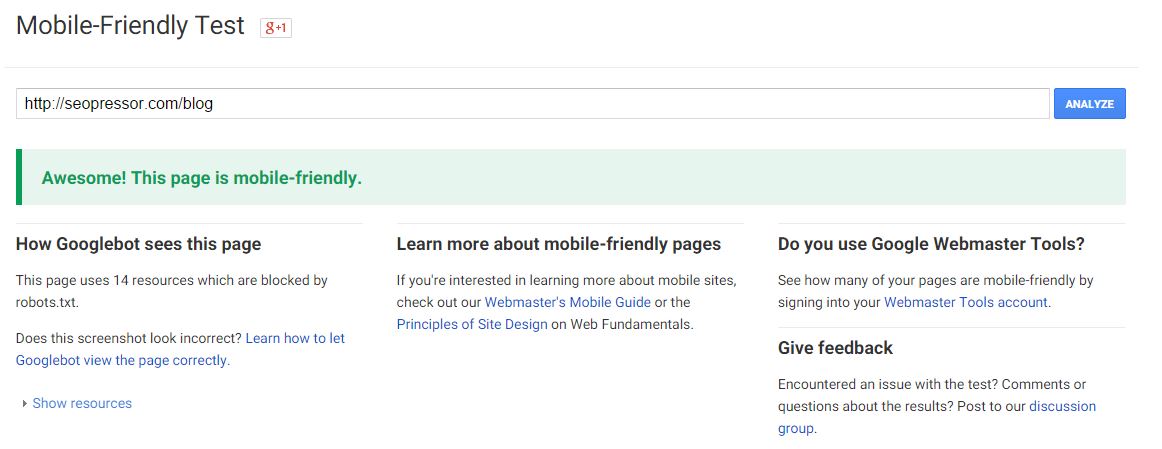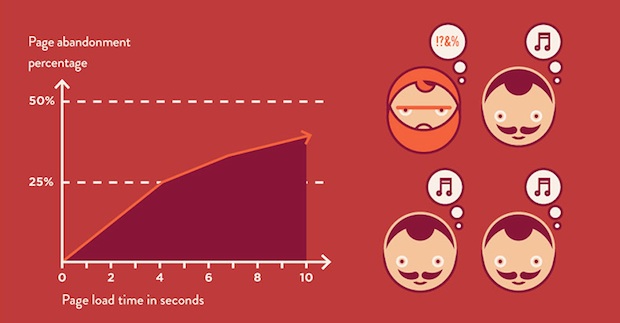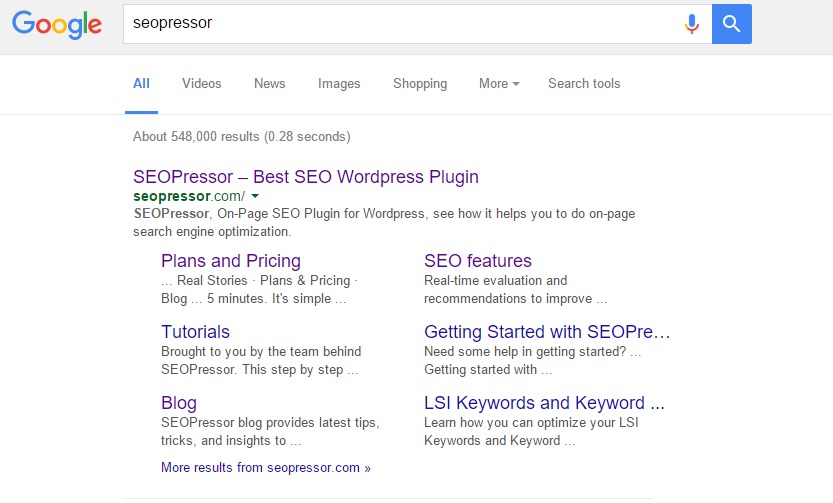Steph W. from SEOPressor


...help you check your website and tell you exactly how to rank higher?


86
score %
SEO Score

Found us from search engine?
We rank high, you can too.
SEOPressor helps you to optimize your on-page SEO for higher & improved search ranking.
By winniewong on January 14, 2016

Let’s be honest – nobody really enjoys doing an audit of their site. However, as tedious as it might be, it’s an important part of ensuring that your website is in top SEO condition – and if it’s not, then all of your investments are going to waste. To help with that, here’s a quick five-minute SEO audit you can do, as well as a few tips for resolving any problems you find.

Whether or not your website is mobile friendly has become a major consideration for mobile searchers – that is, most of your customers. Don’t bother loading up your site on your own phone, though – instead, use Google’s mobile friendliness checker to see where your site is at. This is the result that actually matters, and you’ll have the information you need in seconds.

Learn more on how to use this tool here.
Solutions:
If your site isn’t mobile-friendly, you may need a full rebuild of the site – at least, you do if you care about mobile visitors. Not everyone does, and that’s fine.
Otherwise, take a look at the reports and see if there are any specific things wrong (links too close together, etc.) and get to work fixing those.

This is a critical metric of your site’s performance. Sites with long load times have a much higher exit rate – and yes, this has been tested. In fact, a loading time of just five seconds can lead to a 10% higher exit rate on your site, and that’s a lot of lost business.

There are several different ways to check your page load time, and all of these are workable.
We prefer the last option – if you’re not checking your site’s speed on a regular basis, it can be hard to get a good understanding of how well it’s actually performing, and Pingdom allows you to automatically test the site on a regular basis – and from places all over the world, too, if you’re operating on an international scale.
Solutions:
If your site is loading slowly, you’ll need to start optimizing the entire site with an eye towards reducing those load times.
In particular, try to limit the presence of large files (images, etc.) and make sure you have enough servers to handle whatever traffic you’re getting. Some sites load slowly simply because too many people are trying to access it, and you should always have the hardware to meet demand. If you’ve gotten more traffic but haven’t upgraded your servers in awhile, that could be the cause of your slowdowns.
Learn more ways on how to reduce your website page load time here.

SEMRush allows you to get near-instant results for your website’s traffic by inputting the root domain. This includes important details like whether the traffic is organic or paid, which keywords are most valuable to the site, who is competing with those same keywords, and even which domains are providing the greatest number of backlinks to your site.
In short, it’s everything you need to know when making a quick audit of your site. Pay particularly close attention to its records of traffic and how many keywords your site is in the top 100 results for. Most companies want to see an upward trend in traffic over time – if you’re holding steady, then you could do better, and you need to take action if you’re in the middle of an obvious fall.
Before you leave, copy down who your main competitors are – we’ll be using that information in Step 7.
Solutions:
You can’t fix this overnight (unless your problem is just one thing blocking your traffic, anyway). Instead of trying that, focus on improving your overall SEO efforts – take a look at what’s been most successful in the past and do more of that, with plenty of A/B testing to gather more information.
Here’s a fun one – search for your website in Google and take a look at the results. Your goal here is to see what your results actually look like, including whether or not the titles and meta descriptions are displaying correctly. You don’t want your title or description to get truncated if they are too long. Even if you keep your title and description within the recommended length, there is still a chance of them getting truncated or replaced by Google, so it’s best to do a manual check yourself.

If they’re not displaying the way you want it on the SERPs, make a note to run through your pages in the near future – and remember that it can take Google quite some time to crawl your site again and update the SERPs.
While you’re at it, look at the results from a visitor’s point of view – think about why they searched for your site in the first place and whether or not your results are addressing whatever issues they may be having.
Solutions:
Change the appropriate tags and descriptions on each affected page, and remember that it may take Google some time to start displaying the updated versions.
This one’s a little more technical than the others. Head onto your website and open the Robots.txt file, then make sure it’s configured correctly. Remember, that particular file is a public document – anyone who really wants to see it can, so it should never, ever be used to try and hide or store sensitive information.
You can test how well the file is working with this webmaster tool. Remember that any changes you make to resolve problems will not be saved on your site – you’ll have to edit the master copy in order to properly save them.
Solutions:
Solving technical problems is mostly a matter of figuring out what the problems are, then tweaking your settings and updating your pages as necessary. If you have major technical problems, you may need to call your programmer and have them take a look at things.

Now it’s time to do a few more searches. This time, search for the name of your website, then add the names of different social media accounts (one per search). The most common accounts are on Facebook, LinkedIn, Twitter, and Google+, but don’t limit yourself to those – do one search for every account you’ve got.
If your account shows up properly, visit each social media page and take a look around. From there, you should be able to tell whether or not all information is present, how well the design is functioning, how often content is being posted, and whether or not people are interacting with your content.
Solutions:
Updating social media accounts is usually a simple matter, since most of them are designed to be customized. When performing the updates, though, be sure that your chosen theme is capable of displaying properly on any device – there’s no sense in making a great profile for desktop users if smartphone visitors will see a mess.
Finally, it’s time to review the overall authority of your website. Visit ahrefs.com and check to see how many referring domains and backlinks you have. In general, more domains linking to you is a good thing, as search engines tend to assume that more sites linking to you means more people think your site is valuable. (Don’t try to abuse or manipulate that, though – Google is quick to notice such efforts and even quicker to punish them.)
Once you’ve checked all of this, take a look at your competitors, using the addresses you wrote down in Step 3. It’s often interesting to see how exactly your competitors compare to where you’re currently at.
Solutions:
There aren’t any real ‘solutions’ for this, really, because checking authority is more of a snapshot than an actual problem. However, at the same time, you might want to take a look at the sites linking to you and ask yourself whether or not you want to accept those links.
For example, if your site has been worked into a link farm in an attempt to lower your rank (usually by a competitor, but occasionally by a well-meaning employee who doesn’t know better), you can disavow those links and have them stop impacting you.
If you are looking for ways to improve your domain authority or page authority, click on the links to learn more.
By the time you’ve finished this quick SEO website audit, you should have a much better sense for where your site is at in terms of overall SEO effectiveness. If everything is in order, then it’s time to congratulate your team on a job well-done and move on to your next task – otherwise, try to resolve your problems sooner instead of later.
Remember, search engine optimization is a long-term business strategy – it takes time to reach the top, and the sooner you resolve your problems, the easier it will be to get one of those coveted positions.
Related links:
Updated: 31 December 2025


Save thousands of dollars (it’s 100x cheaper)

Zero risk of Google penalty (it’s Google-approved)

Boost your rankings (proven by case studies)
Rank High With This Link Strategy
Precise, Simplified, Fast Internal Linking.
